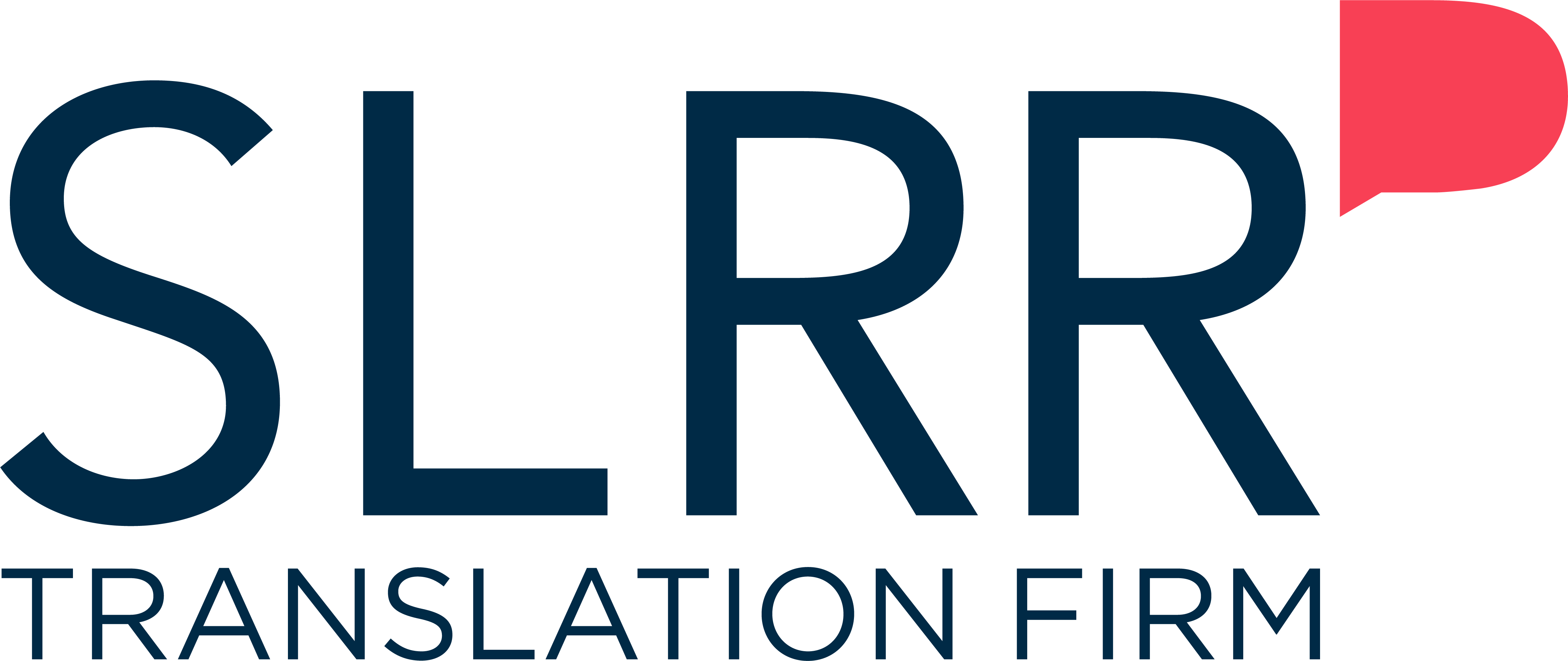
Terminology is of the utmost importance in any technical translation. Whether it’s in the engineering field or any other specialized sector, the translator must often devote a substantial portion of their time to researching and validating the technical terms to be used. The accuracy of the terminology is also a serious challenge for the client, because a technical translation that doesn’t use the right terms can have an adverse impact on reader comprehension, and even jeopardize people’s health and safety. The solution? A glossary or an exhaustive lexicon tailored to your organization and area of expertise!
Glossary for technical translation or lexicon: What’s the difference?
A glossary is an alphabetical list of terms related to a specialized field that are accompanied by definitions or explanations. A glossary may define terms in a single language or provide equivalent terms in one or more other languages. A lexicon, for its part, is a directory of terms accompanied by their equivalents in one or more other languages that does not include definitions. A lexicon may be a practical and useful reference, but unlike a glossary, it doesn’t provide the contextual information that is often crucial in technical translation – for example, when there is more than one definition or possible equivalent for a term.
What are the advantages of a glossary for technical translation?
Broadly speaking, a glossary lets you establish a “common language” that will be used by all the employees of your organization and by all those tasked with the technical translation of your texts. It thus helps ensure the uniformity and consistency of the terminology used in your written communications, which will then be easier to understand. If you do business with a translation agency, they can even help you update your lexicon over time. And if you have several areas of specialization within your organization, the translation agency can help you create a glossary specific to each one. These glossaries will quickly become vital resources in the technical translation of your documents.
What is the process for creating a glossary?
There are two possible approaches for creating a glossary. The first involves combing through all your existing documents to extract the terminology used in the original language, then the terminology used in your translated texts. This process is tedious, but it lets you create a rather complete “dictionary” of the terms that you already use in your documentation. The second approach involves creating a basic glossary containing a few key terms, then feeding terms and definitions into it over time. No matter which approach you select, the agency you choose for the technical translation of your texts can help you with this task, in particular by using technological tools designed to manage terminology.
To learn more about creating a glossary for technical translation and technological tools for terminology management, contact SLRR Translation Agency today.




